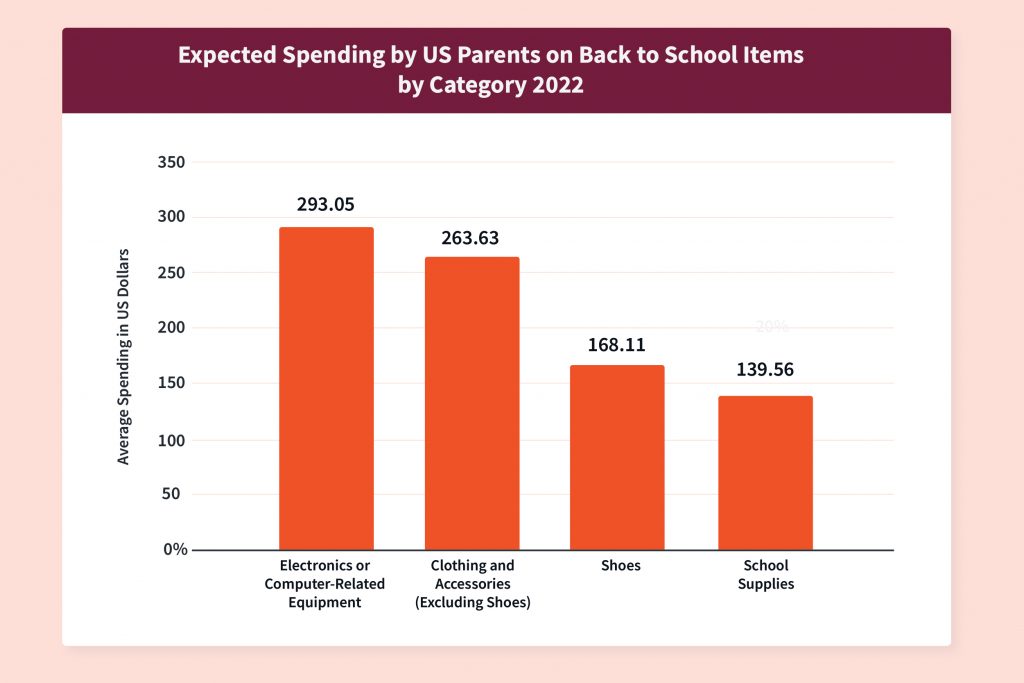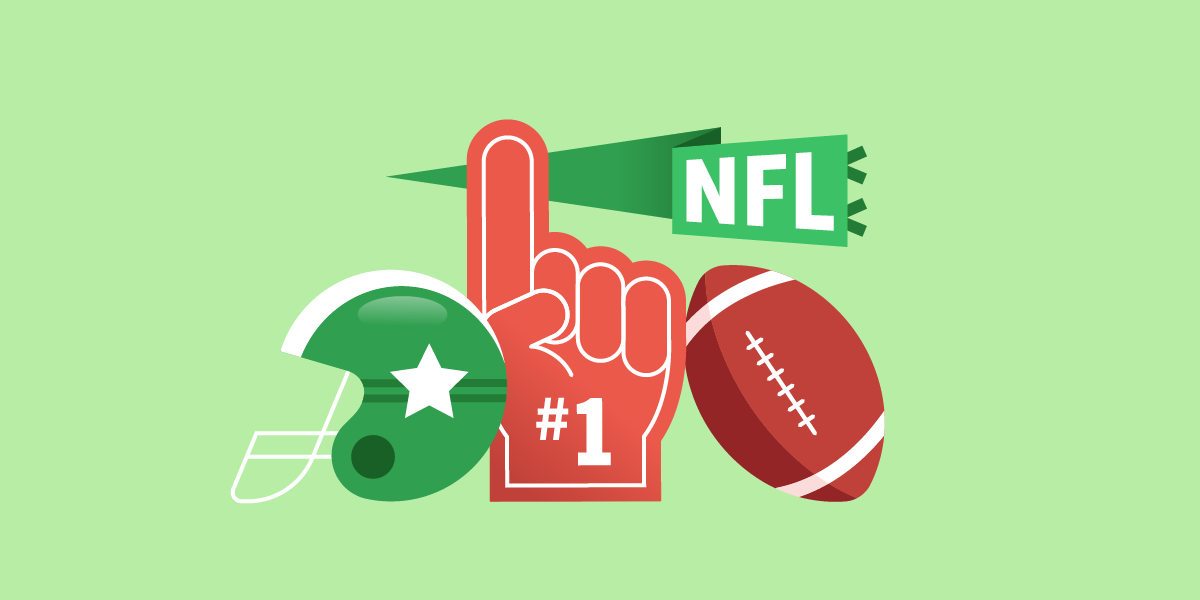Seasonal marketing is any marketing that revolves around special holidays. Cultural and popular events like Mother’s Day and Valentine’s Day create heightened excitement, which forms the perfect foil to support your marketing efforts.
Learn how to level up your seasonal marketing with planning, data insights, and tapping into consumer’s emotion and anticipation around the day with personalized content.
Key Events For Seasonal Marketing
There are several key events throughout the year that are relevant to marketers across a number of industries. Here are seasonal marketing events in North America that you’ll want to take note of:
- Super Bowl
- Mother’s Day and Father’s Day
- Valentine’s Day
- Back to School
- Holiday Season Events (including Black Friday and Cyber Monday)
5 Seasonal Marketing Strategies
1. Plan Your Seasonal Marketing Strategy in Advance
Seasonal marketing events tend to sneak up on you! To make the most of your marketing efforts, start planning seasonal campaigns well in advance.
An important part of planning is understanding when campaigns around an event should launch. For example, holiday campaigns typically start weeks before key dates like Black Friday and Cyber Monday. Understanding when consumers are in the buying mindset, or starting to think about events like Mother’s Day, allows you to get your campaigns ready in time for those receptive moments.
Other key aspects of planning your seasonal marketing strategy are building customer profiles for your ideal audience. Your shoppers can span across various demographics, so understanding who they are in detail will benefit your seasonal campaigns.
Customer profiles describe everything you need to know about a specified group of customers. You can leverage that information to create a seasonal marketing strategy that aligns with the wants and needs of your audience. A customer profile will help you make informed decisions about campaign messaging, creative and channels, and targeting tactics to use.
Here are three steps to build customer profiles for your seasonal campaigns:
- Identify your broad audience. Focus on the problem your product, service, or business aims to solve and who needs that problem solved.
- Consider your customer’s journey. Understanding how a customer goes from awareness and consideration to conversion and evaluation enables you to narrow your audience further. Knowing the touch points that a customer passes through before making a purchase will help inform what channels and ad formats you should leverage for the best results.
- Create a profile description. You now have a more narrowed idea of your audience and their customer journey, so it’s time to consider their demographics in detail, such as age, income level, family size, occupation, education level, and marital status.
Customer profiles are especially important when there are different types of customers shopping for the same occasion. For example, Valentine’s Day shoppers include couples buying for each other, children buying for their caregivers or parents (or vice versa), and even friends buying for each other.
Valentine’s Day is also the peak time of the year for marriage proposals and engagements. A jewellery company might plan multiple campaigns targeting very different customers. There could be a campaign targeting couples that are celebrating a decade of marriage, and there could be a campaign targeting the parent that wants to make their daughter feel special with a beautiful piece of jewellery.
2. Leverage Data to Inform Your Seasonal Marketing Strategy
Another important aspect of planning seasonal shopping campaigns is looking at historical data to uncover patterns.
Reviewing your prior seasonal ad campaigns can give you insights into current trends, and what products or services to focus your new campaign around. For the most relevant insights, look at data from the previous two years.
Another great source of data is to look at general consumer trends. These insights can help you understand what products or services will best perform during a specific seasonal event, and also provide insight into how consumers are shopping.
For example, the below data from Statista shows what types of products were purchased most during 2021’s back to school shopping season.

Source: Statista
3. Tap Into Consumers’ Emotions Around Seasonal Events
Seasonal campaigns often revolve around events that are meaningful to consumers. For example, Mother’s Day and Father’s Day are all about celebrating parental figures. Meanwhile, during the back to school season, students are feeling anticipation for the school year ahead.
Because these occasions have meaning, tapping into the emotional aspects of them can help inspire consumers. Given this, don’t underestimate the power of storytelling for your seasonal campaigns. Storytelling is proven to spur emotion.
One way you can spark emotion with your seasonal ad campaigns is to leverage video advertising. Video is the perfect medium to spark emotion because it combines audio and visual elements.
Whether your digital marketing for seasonal events tells a story that your audience relates to, or a story that just makes them laugh, the fact that it spurred emotion creates a starting point for the shopper to have an emotional connection with your brand.
4. Build Anticipation For Seasonal Events With Interactive Ads
Leveraging interactive creative ad formats for your seasonal marketing will help you capture attention from your target audience and build awareness for your brand. Interactive ads invite users to perform an action in order to have something revealed within the ad itself, or to navigate towards a specific landing page.
The action could be to hover over the ad, or it could be to click on something. This interactive viewer experience is the perfect way to uplift and complement your seasonal campaign strategy.
A discovery ad is an example of an interactive creative format that presents a question to the user based on a chosen topic. Users answers help you determine their interest or opinions, and clicks can be tracked to create retargeting pools.
Shoppable video showcases products while allowing a user to browse right in the banner. This ad format reduces the steps that a user has to take between awareness and conversion.
During seasonal events, dynamic countdown ads are particularly useful because they can be leveraged to inform or remind users about your sales. And, a dynamic countdown unit will help create a sense of urgency for your audience to purchase.
5. Personalize Your Seasonal Campaigns
In programmatic advertising, personalized marketing leverages data like purchase history and demographics to create ad campaigns that are hyper relevant to your target audience.
The goal of a personalized marketing strategy is to make your audience feel as though a brand is aligned with their interests and values. For example, a retargeting campaign that shows users specific products that they’ve previously browsed would give those users the feeling that those ads are meant for them specifically.
What are some ways to personalize your seasonal marketing?
Contextual Advertising
Contextual advertising is a cookieless targeting methodology that leverages content rather than user data to reach the right audience, at the right time. By targeting based on content, you can connect with consumers who are receptive to the messaging of your ad.
Aligning ads with relevant content leads to a more personalized experience for your audience. For example, with contextual targeting a person browsing a blog about the Super Bowl might be served an ad for game-day snacks.
Brand Lift Studies
A brand lift study measures the impact of your seasonal campaigns across all your programmatic placements by providing insight into the consumer sentiment and brand affinity of people who have been exposed to your media.
It can be used to measure the impact of upper funnel campaigns on the perception of your brand, as well as to measure the impact of consideration or purchase intent for mid- to lower funnel campaigns.
You can use a brand lift study to go beyond traditional metrics like impressions, and gain deeper insight into your campaign’s impact on consumer perceptions and behaviour.
By identifying your audience’s awareness, perception, consideration, and likelihood of purchase, you can better judge the effectiveness of a campaign and then use those insights to optimize your campaign to be more personalized toward your ideal consumer.
Dynamic Retargeting
In today’s programmatic advertising landscape, most users need to encounter your ads several times before they are likely to convert. Retargeting campaigns are a great tool for re-engaging an already interested consumer with relevant messaging.
By reaching a user repeatedly, the effort needed to win their conversion is a little less than consumers who haven’t engaged with you.
With dynamic retargeting you’re able to serve an ad that shows a product a user has looked at before. This personalized ad reminds the user about that product or service, encouraging further engagement and brand recall.
Get Started With Seasonal Campaigns
Measuring the performance of your seasonal campaigns is crucial for understanding which touch points in your marketing funnel are generating the most value. Programmatic campaign reporting will be your map to success!
With reporting, you will have access to data that will help you make adjustments to your seasonal campaign based on performance, and plan for future seasonal advertising initiatives. And, you can use that data to make informed budgetary decisions that will help to scale the profitability of your seasonal campaigns.
Want to build exceptional seasonal marketing strategies? Request a demo to learn more about StackAdapt.





